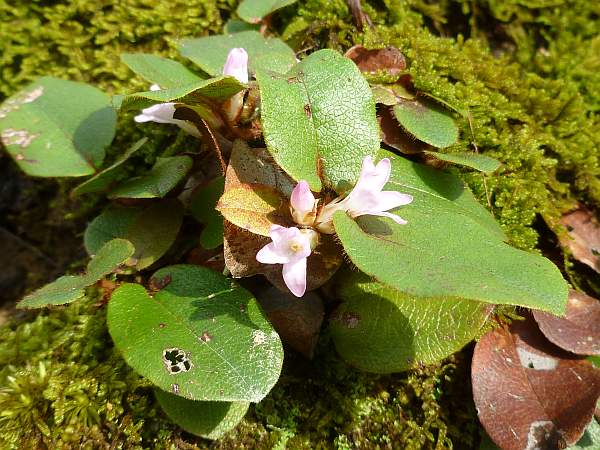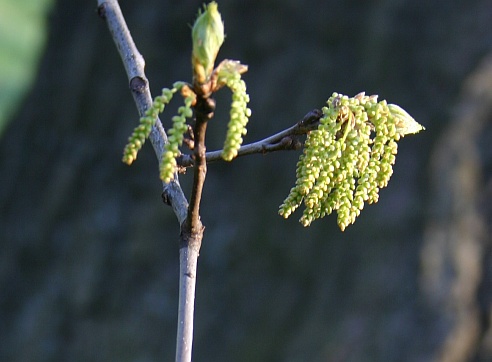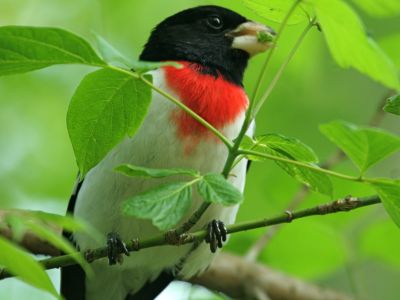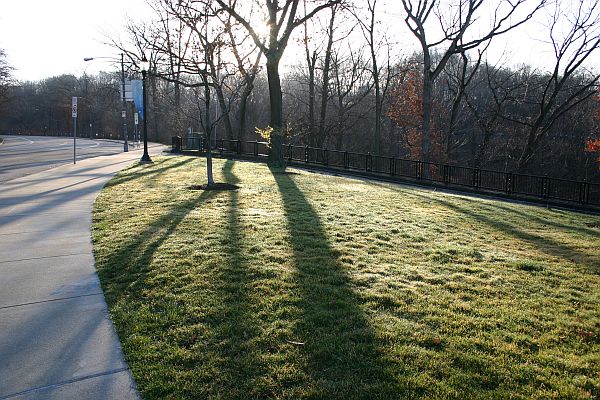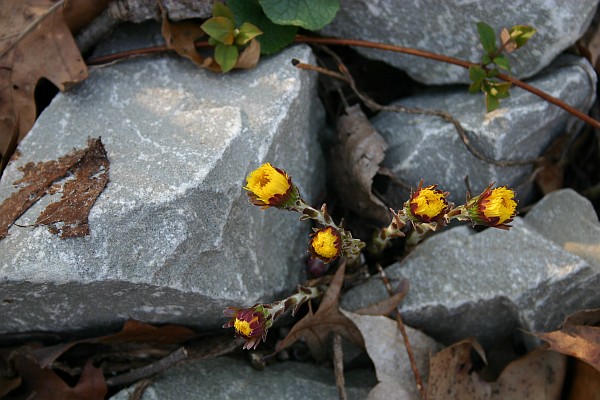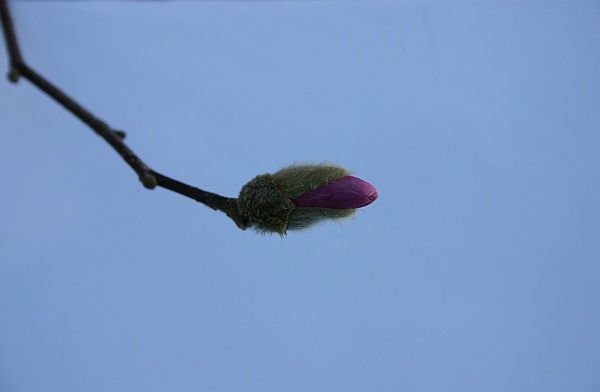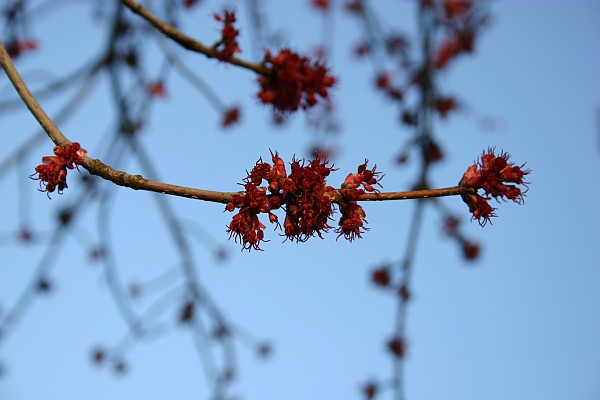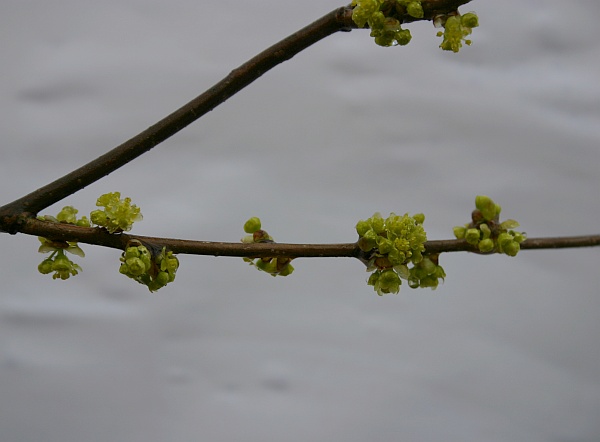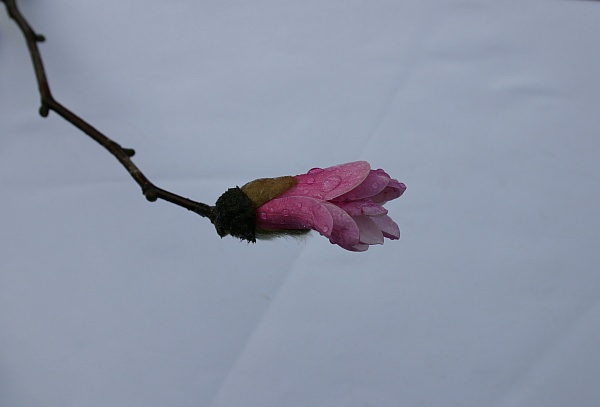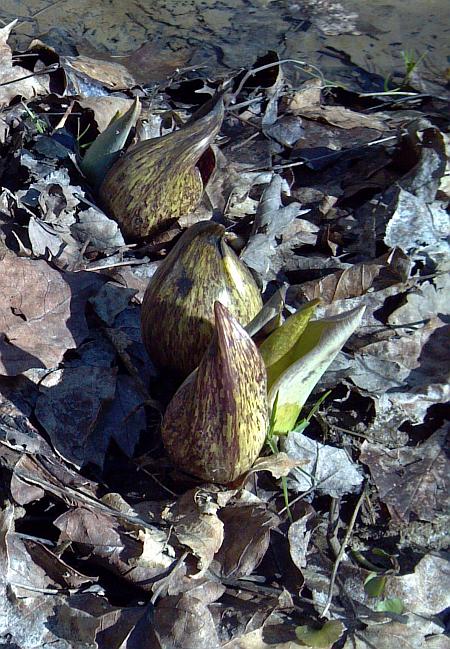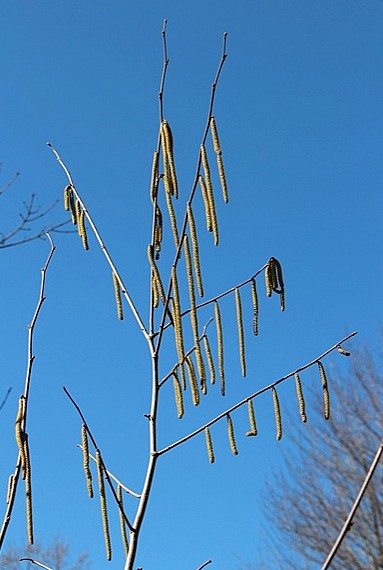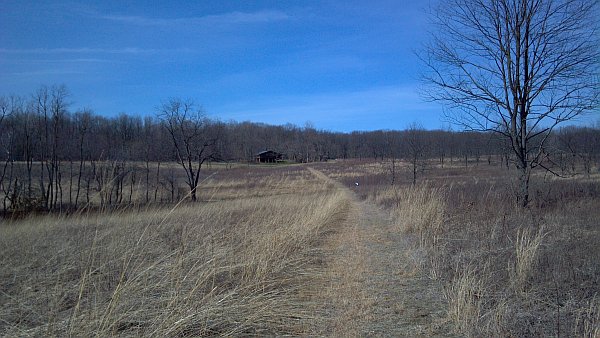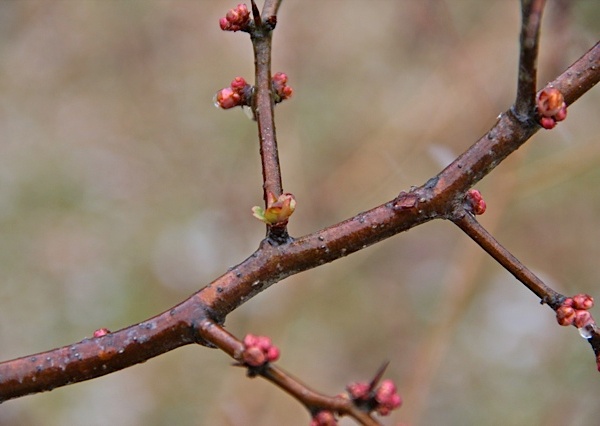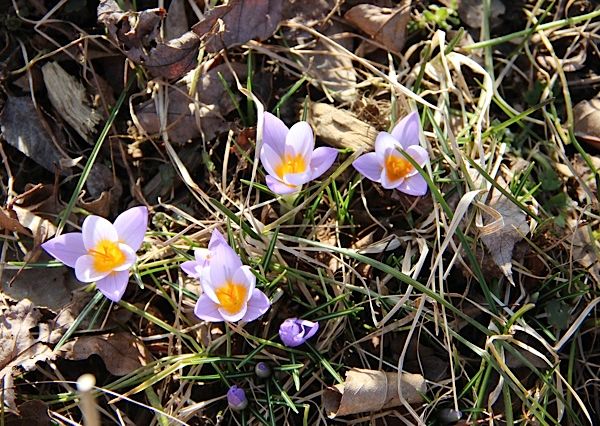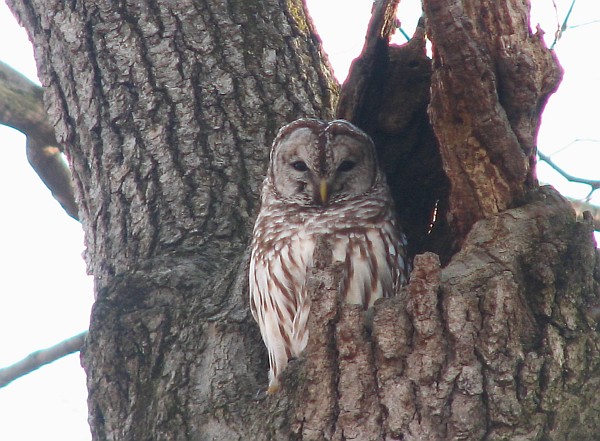
Pennsylvania birders were treated to a surge of ducks last weekend when Friday night’s storm forced migrants to stop in our state to wait for better weather. The migration fallout was especially large on Saturday.
A day late, I went to Moraine State Park hoping to see a few stragglers. There weren’t as many ducks on Sunday but I found a nice variety: ruddy ducks, buffleheads, horned grebes and five long-tailed ducks.
My own notes indicate that long-tailed ducks usually come through our area about a week earlier, approximately March 25. This group was a little late, but I was too, so our paths crossed.
Meanwhile, the plants and insects are still early even though our weather has moderated.
A week ago, on March 25, I found this large-flowered bellwort blooming at Barking Slopes. It usually blooms around April 25 so it was one month ahead of schedule.

A little late. A lot early.
What will happen next?
(photo of long-tailed ducks by Steve Gosser, photo of large-flowered bellwort by Kate St. John)
